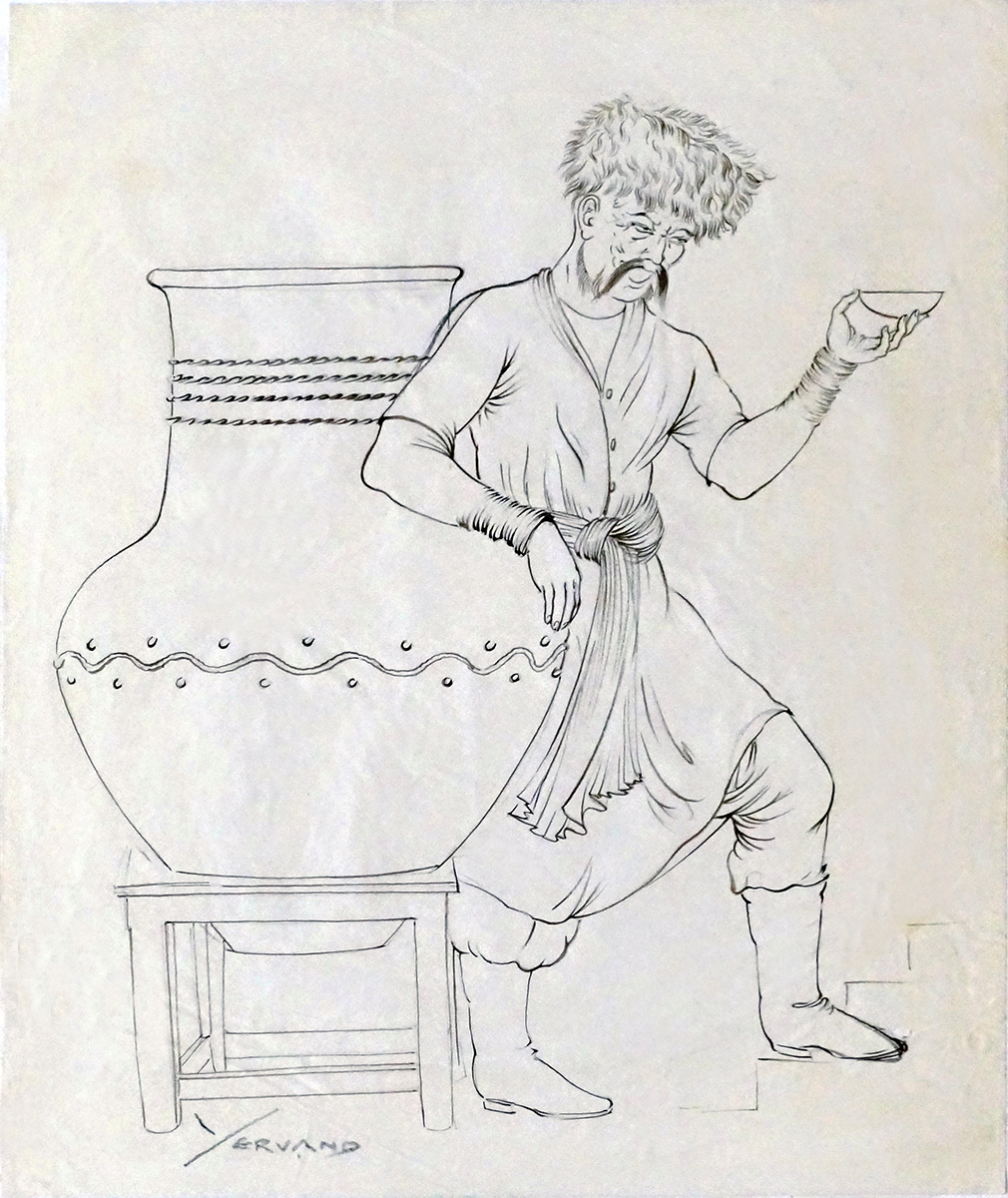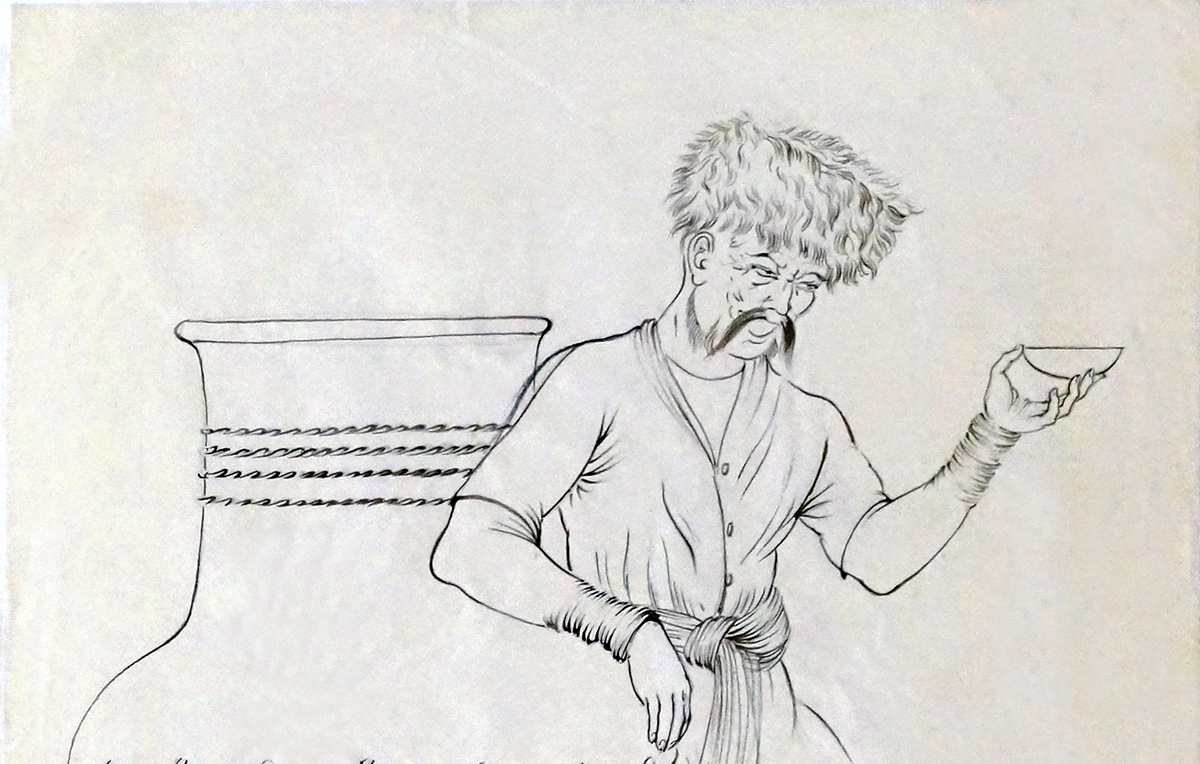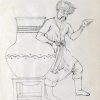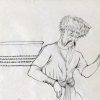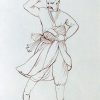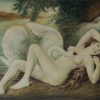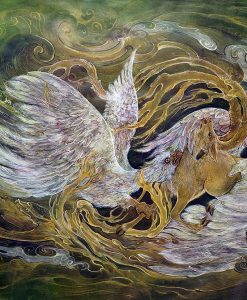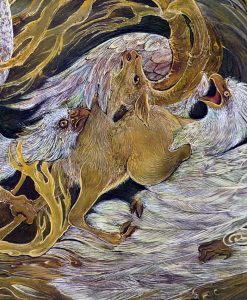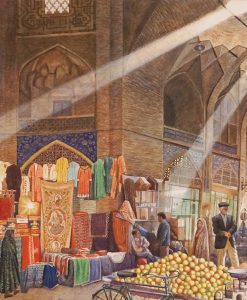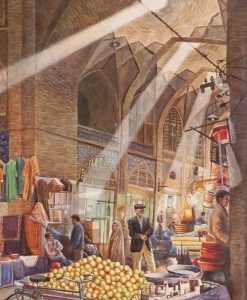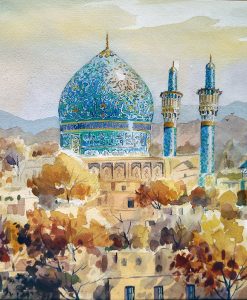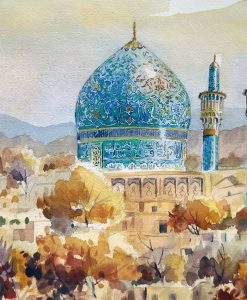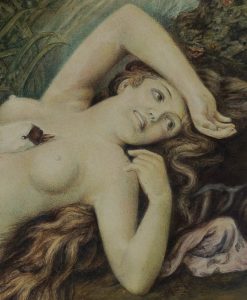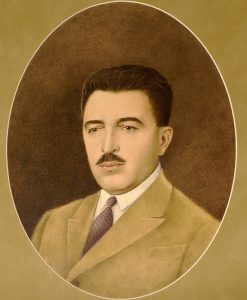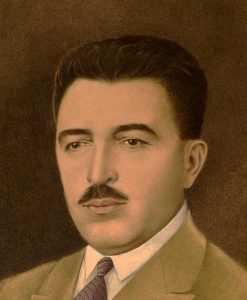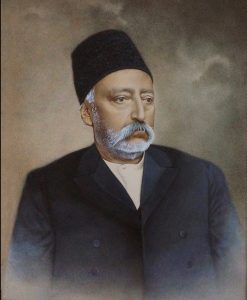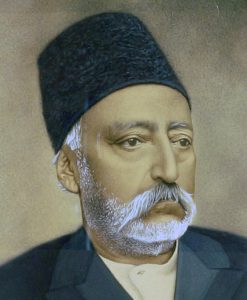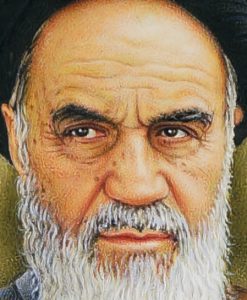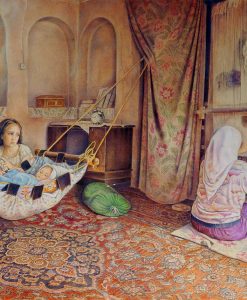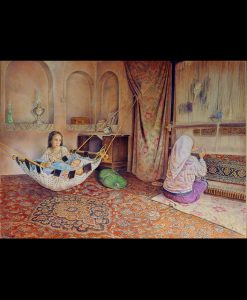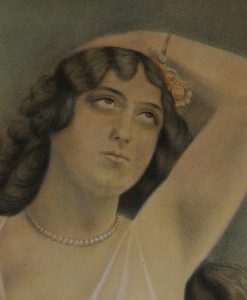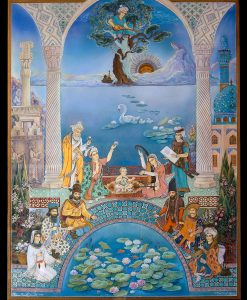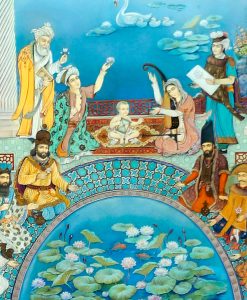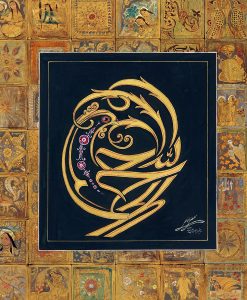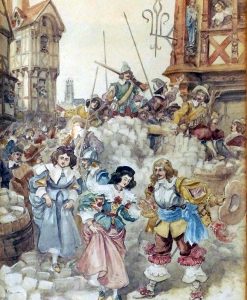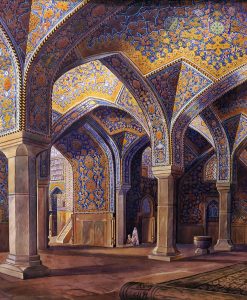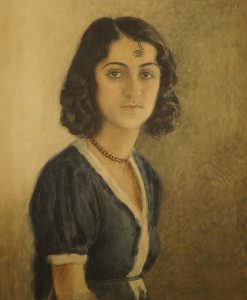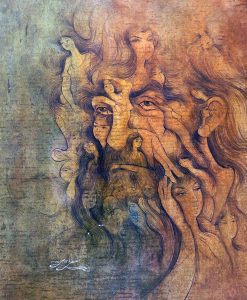Yervand Nahapetian Art -334
$75.00 – $900.00Price range: $75.00 through $900.00
Artist: Yerevand Nahapetian
Subject:
Style: Water Color
Material: Paper
Painting Number: YN-334
Size: x Inch
Size: x Centimeter
Created:
Yervand Nahapetian:
Born in 1916, Yervand Nahapetian grew up during the 1930s and was inspired by the artistic culture of the time. Throughout the 1930s, many political ideologies such as Marxist Socialism, Capitalist Democracy, and the Totalitarianism of both Communism and Fascism were engaged in struggles for dominance, and characterised the political atmosphere of the period. In the United States, the Great Depression had a major impact on artistic output, and artists began to focus on the idea of humility and of the ordinary man on the streets. The focus of art in the United States also began to take a more political turn for the first time, and artists used these topics and ideas to try to impact society. Themes such as poverty, lack of affordable housing, anti-lynching, anti-fascism, and workers’ strikes became prevalent in the work of a number of artists. In the Soviet Union, Stalin’s government was in dire need of urgent funds to implement the industrialisation of the Five Year Plan. In a secret bid to acquire funds, the government proposed to sell off treasures from the State Hermitage Museum in Leningrad (St. Petersburg), which included some two hundred and fifty paintings by the Old Masters, a number of which had been deemed irreplaceable. Many of the pieces came to be owned by Andrew Mellon, via the New York based art dealing company, Knoedler. In Europe, Surrealism continued to be prevail, and had grown to have influence worldwide. Leading artists took the ideas posed by Surrealism and incorporated them into their radical political philosophies, creating a new kind of magic realism. This was epitomised in the work of artists such as Frida Kahlo and Diego Riviera in Mexico. By the end of the decade, the Second World War had begun, having been aided by Adolf Hitler’s rise to power in Germany in 1933. This political turmoil would go on to preoccupy both artists and the worldwide population.
Yervand Nahapetian (1916 – 2006) was active/lived in Iran, Islamic Republic of Iran. Yervand Nahapetian is known for Painting.
Born: 1916 Died: 2006
یرواند ناهاپتیان زاده ۱۲۹۶ خورشیدی، جلفای نو، اصفهان – درگذشته ۱۳۸۵، جلفای نواصفهان نقاش ایرانی ارمنیتبار بود. یرواند ناهاپتیان یکی از پایهگذاران آبرنگ ایران است
یرواند ناهاپتیان ۱۲۹۶ خورشیدی (۱۹۱۶ میلادی) در جلفای اصفهان چشم به جهان گشود
یرواند تحصیلات ابتدایی را در یکی از مدارس جلفای اصفهان به پایان رسانید. و تحصیلات متوسطه را در کالج اصفهان (دبیرستان ادب) آغاز کرد و تا سال چهارم ادامه داد و آنگاه ترک تحصیل کردو در شرکت نفت استان خوزستان مشغول به کار شد . و سپس برای انجام خدمت سربازی به اصفهان بازگشت و پس از پایان خدمت نظام به کار نقاشی پرداخت
یرواند نقاشی را از هفت سالگی آغاز کرد. زمانیکه سارگیس خاچاتریان را برای نقاشی به اصفهان دعوت کردند و در دوران جنگ جهانی، الکساندر نرسسیان هنرمند ارمنی ایتالیایی به ایران آمد؛ نهاپتیان از حضور این دو نقاش برجستهٔ ارمنی بهره برد و پس از آموزش نقاشی بهطور تخصصی به نقاشی با آبرنگ پرداخت. او یکی از شخصیتهای مؤثر در شکلگیری مکتب نقاشی آبرنگ معاصر اصفهان بود
در آثار آغازین خود و باتوجه به تعلیمات و آموزشهایی که دیده بود، به شیوهٔ امپرسیونیسم قلم میزد، اما چون این شیوه برای اجتماع اطافش شناخته شده نبود از آثار اولیهٔ او استقبال چندانی نشد؛ بنابراین یرواند درادامه شیوهٔ رئالیسم را برگزید و پس از شکوفایی هنریاش به مدتت سه سال نزد حاج مصورالملکی میرفت و آموزش مینیاتور دید و از این رو رد پای نقاشی ایرانی و قلمگیریهایی به شیوهٔ مصورالملکی را نیز در آثار آبرنگ یرواند میتوان دید
طبیعت بیجان، مناظر اصفهان، کارگاههای سنتی، مسگریها، عصارخانهها، کوچ عشایر، کاروانهای رفته در کویرها، مساجد، کلیساها و بازارهای شهر بخشی از سوژههای او هستند که بسیاری از آنها در موزههای ایران و جهان نگهداری میشوند. آثار ایشان تا به حال ۲ بار در حراج تهران فروخته شده است
یرواند پیوندی با طبیعت داشت و در آثارش حقیقت زندگی اطرافش را بیان میکند. او بیش از دیگر همنسلانش دلبسته شیوه طراحی و رنگگذاری با شکوه نقاشیهای کلاسیک ایرانی شد، هرچند علاوه بر مینیاتور، درکشیدن مناظر و به خصوص دورنماهایی از فضاهای شهری، معماری و زندگی مردم نیز مهارت چشمگیری یافت
| BUY Original or Prints | Original Panting, 16" x 20" Fine Art Print, 16" x 20" Print on Canvas, 20" x 24" Fine Art Print, 20" x 24" Print on Canvas, 24" x 36" Fine Art Print, 24" x 36" Print on Canvas |
|---|
You may also like…
YN-155
MA-269
AP-302
AN-215
Related products
HT-175
MH-163
KP-136
KP-143
MA-340
UN-336
YN-148
HT-173
MK-183

